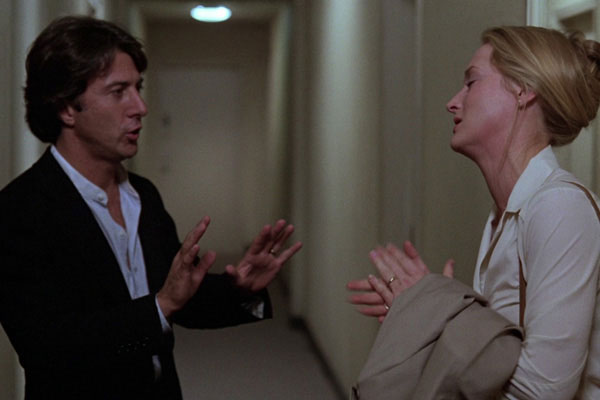From hollywoodreporter.com:
Fox is changing the way it selects actors for pilots.
The network is phasing out traditional in-person network tests, in which finalists for each role audition for network executives who choose a winner.
Taking a page from the feature world, where screen tests are prevalent in casting a role, Fox is opting for taped network tests. After passing live tests for the producing studios, actors’ performances are being filmed and sent to the network for judging.
The network’s three greenlighted projects so far this season — Greg Garcia’s comedy pilot “Keep Hope Alive,” the untitled Mark Brazill comedy pilot and the Matt Nix series “Jack and Dan” — are being cast that way.
To accommodate the change, 20th Century Fox TV, which does a lot of business with Fox, has equipped a special screen-testing suite.
Fox casting head Marcia Shulman said the network has experimented with network tests on tape for the past couple of years.
“The network spends months and months developing a show, and then we have this network test where three actors wait nervously in the hallway, staring at each other and talking on the phone with their agents whether or not to sign the contract,” she said. “Sometimes we can’t cast the right lead for a show because they had a bad moment. Casting is more than 50% of the success of a show, so after spending all that money, why have we been going through that crazy process for so long?”
Taped tests were embraced by new Fox entertainment chairman Peter Rice, who came to the network in March from the feature world, having headed Fox Searchlight.
“He wanted to standardize the tests,” Shulman said.
That led to Fox giving studios guidelines on what it’s looking for in a test: actors should be off-book and free to move around, the test should include close-ups, etc.
Although employed across the board so far this season, the tests-on-tape rule allows for exceptions, as in the case with the Brazill coming-of-age ensemble comedy produced by Warner Bros. TV.
After a live studio test, finalists for several roles were taped at the studio for a network test scheduled for earlier this week. But after looking at the material, WBTV brass determined that, taped in front of a blue screen, actors didn’t pop the way they did during the in-person studio test. Additionally, as a multicamera comedy, the project hangs heavily on the chemistry among the leads and the energy in the room, which also was lost on tape.
As a result, WBTV asked Fox to do an in-person network test; it also opted to do another, more elaborate screen test with the actors on set (but still with no professional makeup or director present). Now, Fox will make the pilot’s casting decisions after seeing actors perform live and seeing the new tapes.
While it might make it easier on actors, the new practice is creating an extra level of anxiety for agents and producers. With in-person tests, they know when the casting sessions are and instantly find out the outcome. Now, it’s not clear exactly when network executives would watch tapes and make decisions, so those involved often spend long hours by the phone waiting for news.
Overall, Fox’s new method is gaining acceptance, minus some growing pains.
“In the long run, it is probably good, but it takes awhile getting used to a whole new requirement that is bucking the system right now,” a TV producer said.


